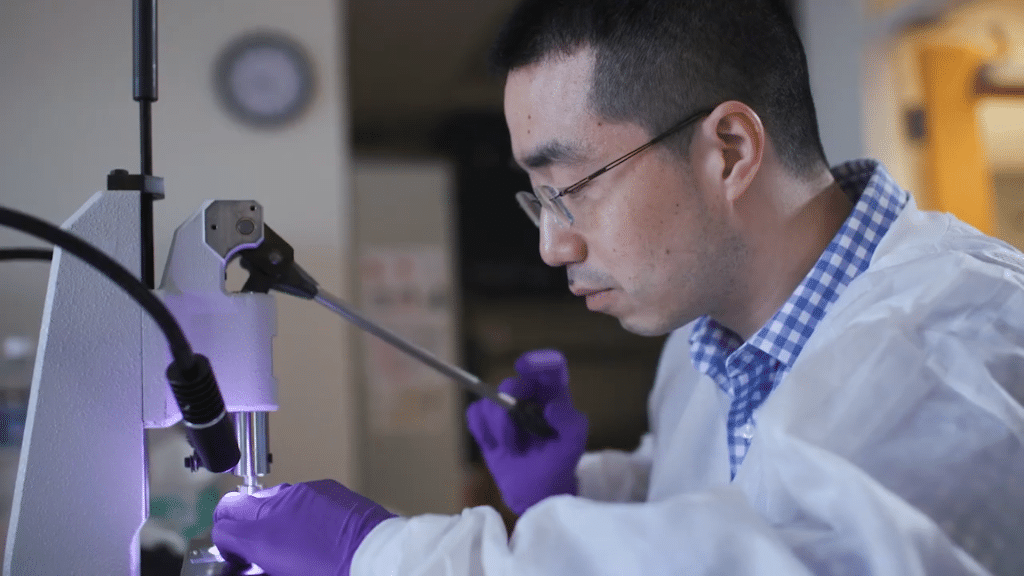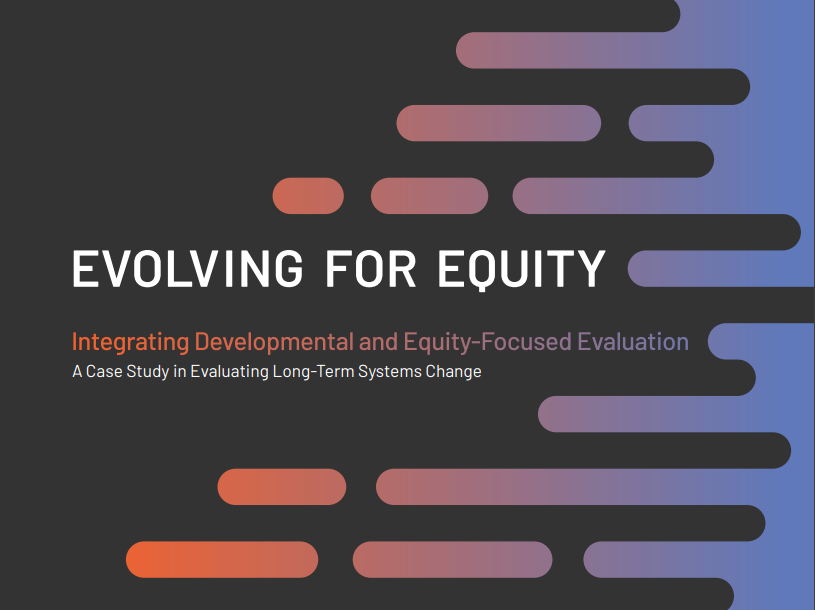The challenges people and societies are facing around the globe are complex, fast-changing, and urgent. The Packard Foundation, alongside other partners, is committed to supporting organizations that are working to solve humanity’s toughest problems.
We know that our grantee partner organizations must be healthy and resilient in order to be effective – and, unfortunately, many face a reality of financial instability exacerbated by a lack of two-way feedback and open conversations about the cost of doing their mission-driven work.
We strive for honest conversations between the Foundation’s program staff and the organizations we fund about all aspects of the partnership, including the direct and indirect costs of proposed projects. We know that to accomplish this, both our program staff and our grantee partners’ staff and board, need to have some common language and understanding on how to talk about financial health and, when we provide funding for projects, the accurate direct and indirect costs for that work.
To understand this better, and to help the field focus on these important conversations, the Packard Foundation recently participated in a Bridgespan-coordinated research project alongside Hewlett, Ford, MacArthur, and Open Society foundations. Together with these peer foundations, we focused on how our respective project grants affect the organizations we support. We worked with a sample of 22 nonprofit organizations, including four Packard Foundation grantee partners, to learn about whether our grants covered the accurate indirect costs of the projects. The findings showed only one of the 22 grants covered the needed indirect costs. On average, the true indirect cost rate organizations needed exceeded the rate the foundations provided by 17 percentage points.
This was consistent with results from the Packard Foundation’s 2018 Grantee Perception Report. In that report, 36 percent of organizations reported that the project grants they received from the Foundation covered their direct costs but did not cover all of the indirect costs of doing the project. An additional 13 percent reported that their grant didn’t even cover the direct costs of their projects.
We have room for improvement.
As this Foundation, our colleagues, and the philanthropy field tackle this issue, we admit there is still much to learn.
As we look ahead, we will continue to improve the communication between the Foundation’s program staff and grantee partners. We will increase training opportunities for our program staff so they have the tools to hold productive conversations with grantee partners about the real financial pressures they face and the cost of doing their critical, mission-driven work. In the coming months we will also revise our proposal guidelines to ensure that staff and grantees alike are clear that we want and need to understand the costs of carrying out project-based work. We will also strive to make sure that all of our grantees understand that the Foundation has no cap on indirect costs, except in the case of research grants to universities.
We are grateful for this learning experience and the feedback that our grantee partners have provided, and look forward to making progress so that together we can deliver greater impact for our world on humanity’s toughest problems.








